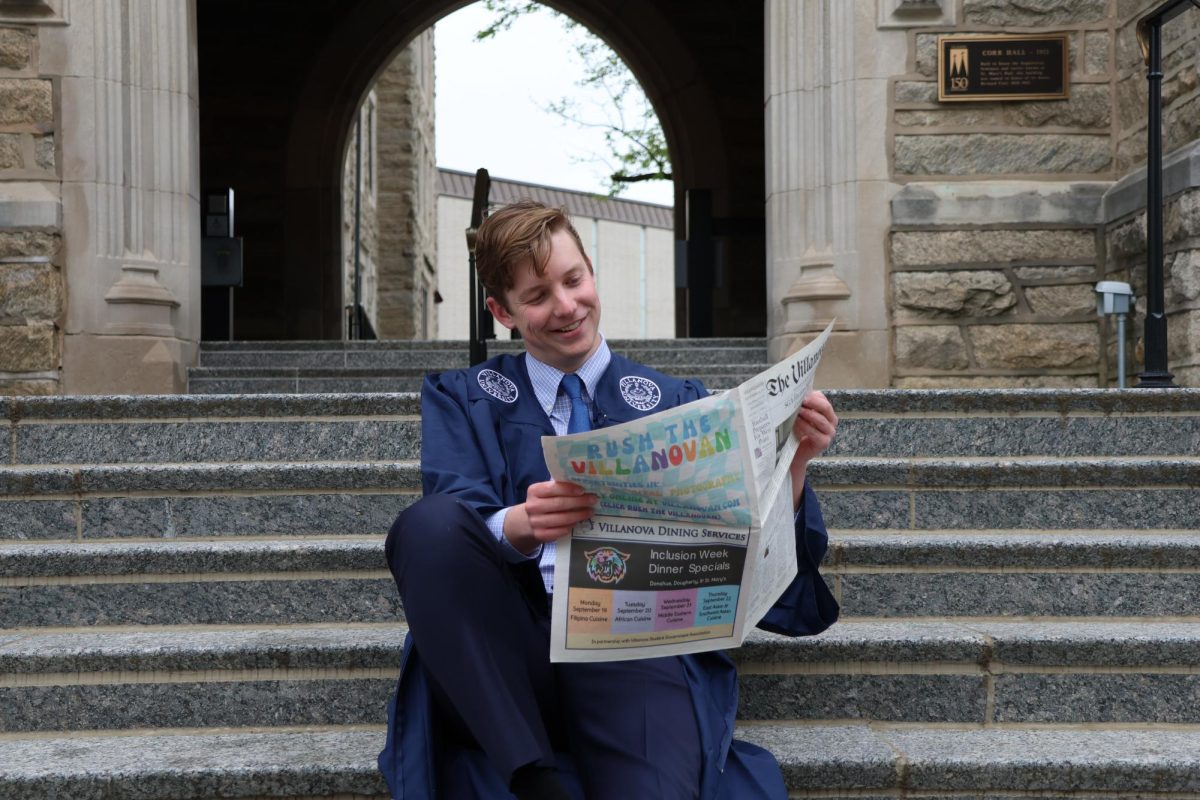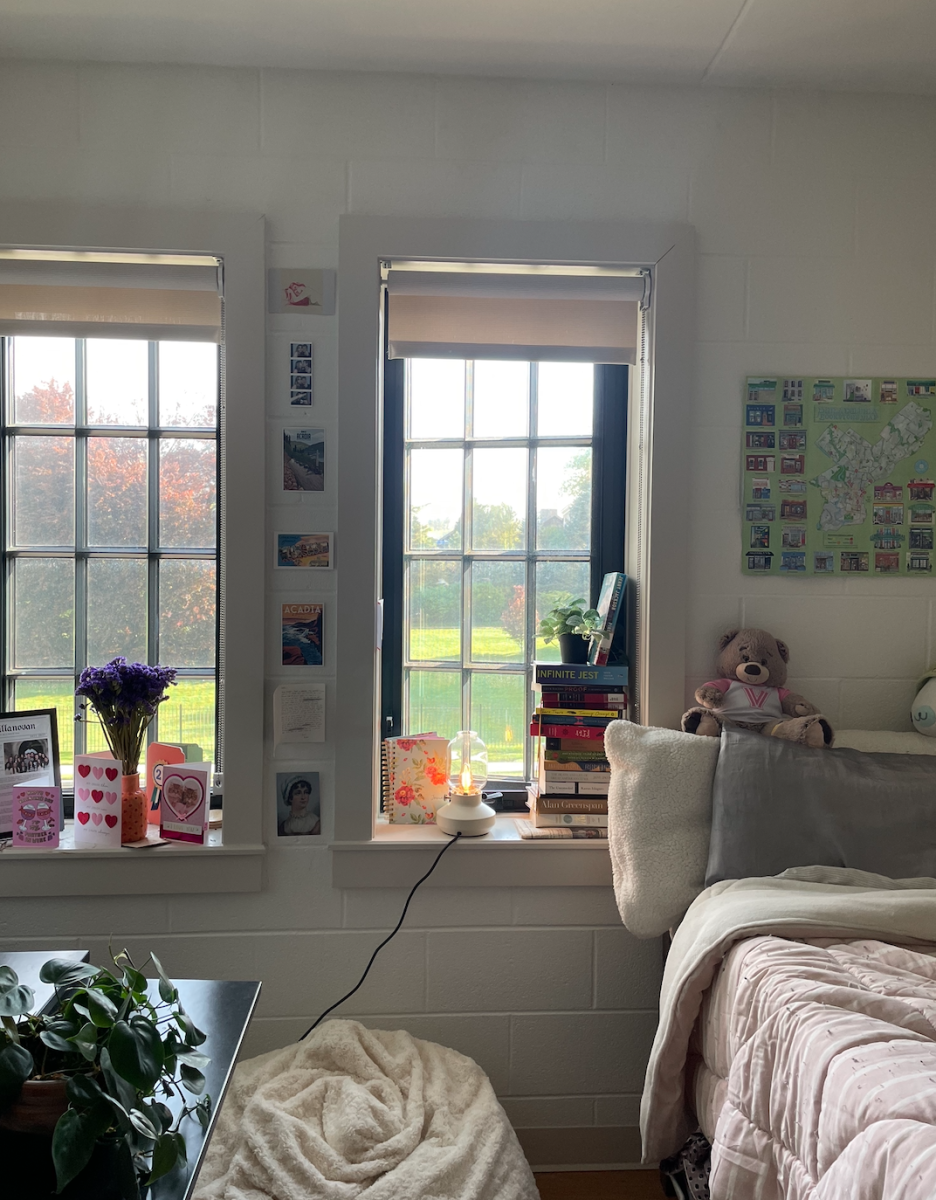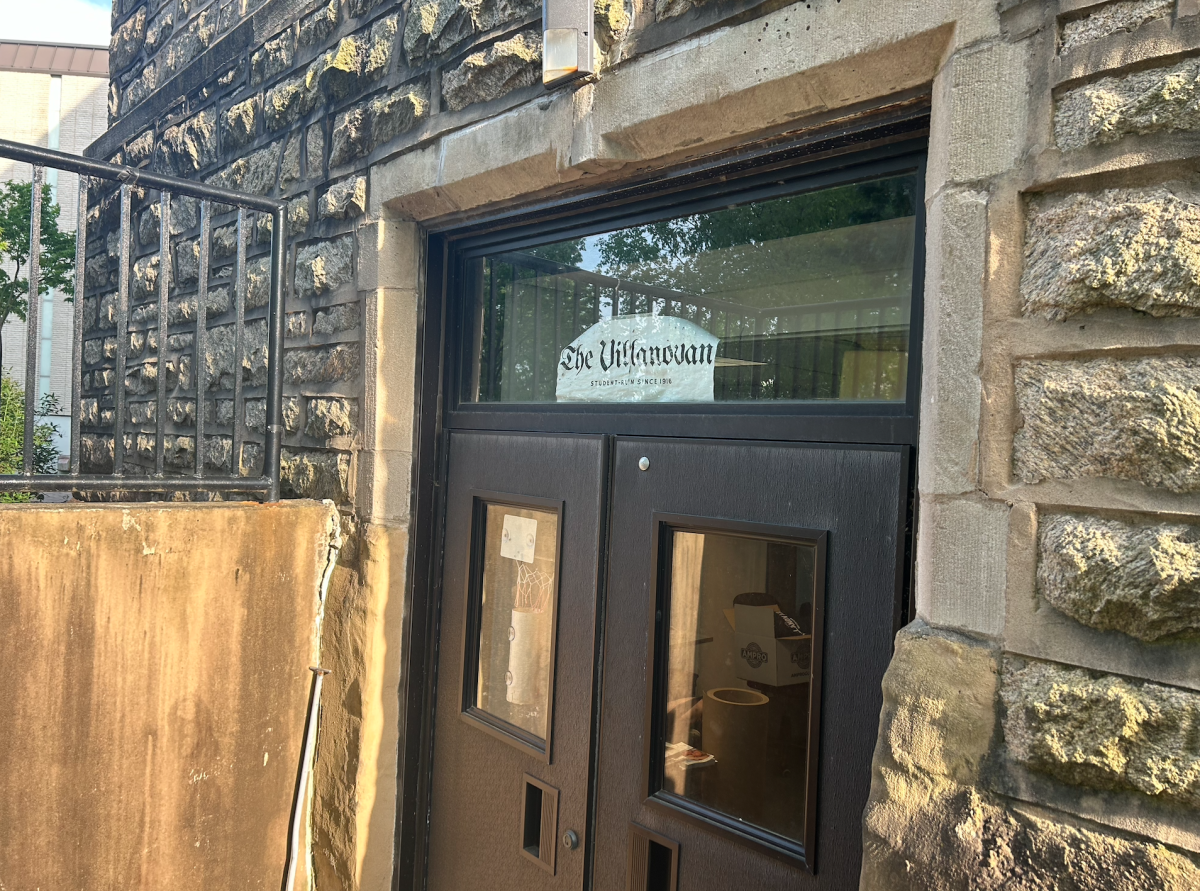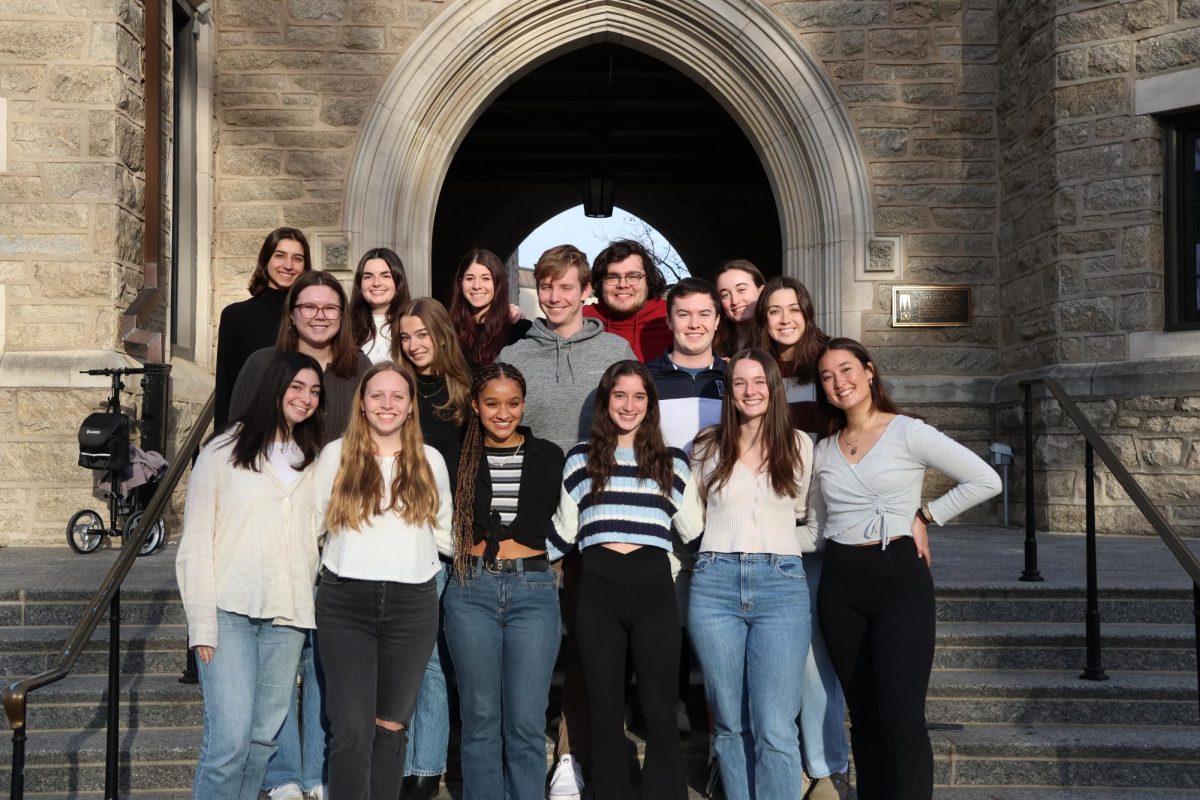The Penn Museum and the Mutter Museum, both renowned Philadelphia institutions, are current subjects of controversy over their decisions to display human remains as exhibits.
Both museums are facing criticisms that their presentation of the bodies is disrespectful to the dead, as well as their loved ones.Though the two cases are being condemned for widely different reasons, both museums are ultimately guilty of making a spectacle of the circumstances and deaths of real human beings.
The Morton Cranial Collection at the University of Pennsylvania’s Museum of Archaeology and Anthropology features around 900 human skulls from the 1800s, which were originally collected in an effort to categorize racial differences by Dr. Samuel Morton.
As a scientist from the Philadelphia community, Morton gathered and experimented on these skulls in order to collect data on cranial cavity size, which he would use as evidence to support white supremacist theories, earning him the title of the “Father of Scientific Racism.”
While Morton’s theories have long since been discredited, his painful legacy lingers in the exhibition of his work.
Morton came into possession of these skulls largely thanks to the work of grave robbers, including those which had been dug out from a graveyard for African Americans. Other skulls had once been those of African slaves in Cuba.
These people were more than just an interesting exhibit for museum visitors to gawk at. They were real people with real emotions, family members and friends and often were the victims of racial discrimination and violence.
While these skulls are no longer used in the name of racism, these people had no option to consent to their bodies being on display for all to see and the exhibition of them is a continued violation of their rights and the respect they deserved.
Villanova senior Zoë Kim is one student upset with this disrespectful use of the remains.
“There’s a fine line between preserving history and respecting human life itself, and it’s concerning that human remains are displayed to the public,” Kim said.
But, according to their public apology, the Penn Museum is trying to repair the damage done by returning the remains to their “ancestral communities, wherever possible.”
This is in an attempt to move towards “atonement and repair for the racist and colonial practices that were integral to the formation of these collections,” per its statement.
In another effort to make amends for its actions, the museum is now creating a position for an African-American bioanthropology expert in African and Indigenous matters.
While it can never erase the pain of the people who have been treated as property on display for the viewing enjoyment of others, or the pain of the families who lost the right to bury their loved ones, the Penn Museum’s actions are important steps in the way forward towards justice.
The other museum implicated in this controversy is the Mutter Museum, a medical history and science museum in Center City Philadelphia.
While the Mutter Museum has been displaying human skeletons and various body parts from the time it was founded in the nineteenth century, it has recently become caught in a crossfire between members of marginalized groups who seek to end these exhibitions and staff and fans of the museum, including doctors, academics and people who are generally curious about mortality and the human body.
Like those of the Penn Museum, a large number of the human remains displayed here were taken without any kind of medical consent, but this time from a variety of underprivileged groups including Native Americans, the poor, enslaved African-Americans, prisoners and others.
Additionally, many of the people whose bodies are currently on display had physical disabilities and spent their lives being treated as subhuman, often being seen as nothing more than an amusing spectacle for others to look at.
To keep their bodies on display at the Mutter Museum is to continue to view these people, who received little respect in their lifetimes, as objects for audiences’ amusement. Unlike the Penn Museum, the Mutter Museum has no plans to remove any of its exhibits at this time, but will try to take the voices of the impacted communities into account.
However, if the museum truly wanted to rectify its dubious and dishonest past, it would acknowledge its human remains exhibits for what they really are: a continuation of the mistreatment and dehumanization of some of the most underprivileged people of the past.
It would recognize its faults and actually make the effort to correct them, similar to what the Penn Museum is doing. Museums are essential to society for their ability to allow people to learn from the past. The museums’ responses to the controversy over these exhibits is an attempt to do just that.
By acknowledging the dignity that the dead deserve and beginning to contend with the consequences of their actions, the Penn Museum and the Mutter Museum can demonstrate truly understanding the legacy of the past and working to move forward.






